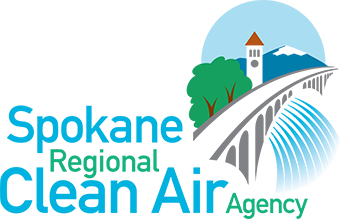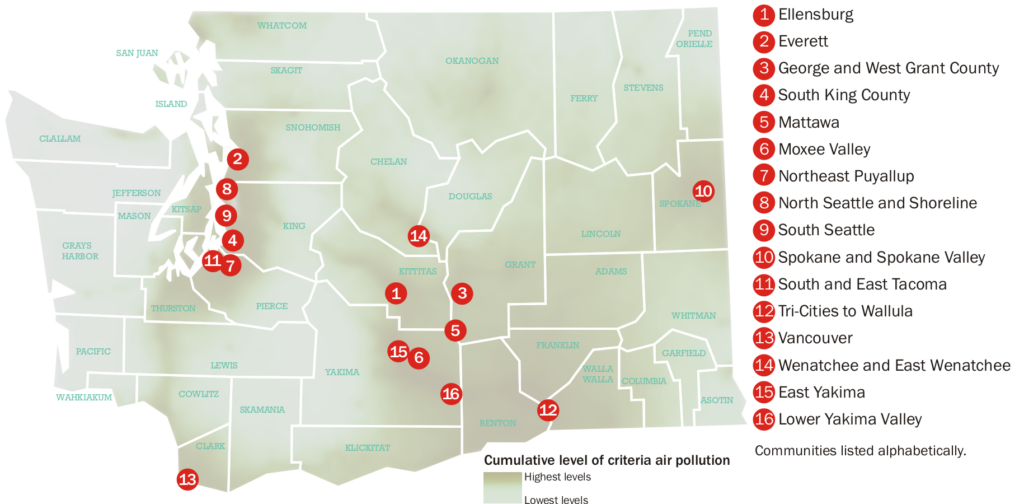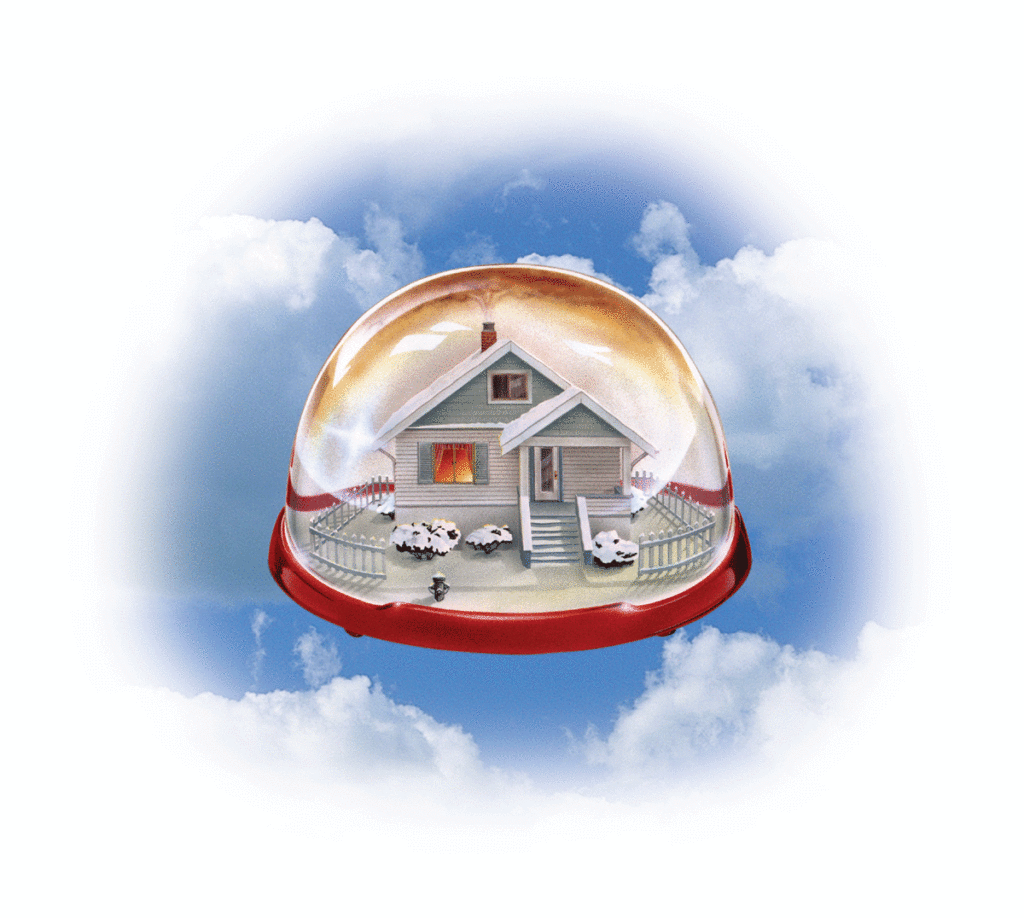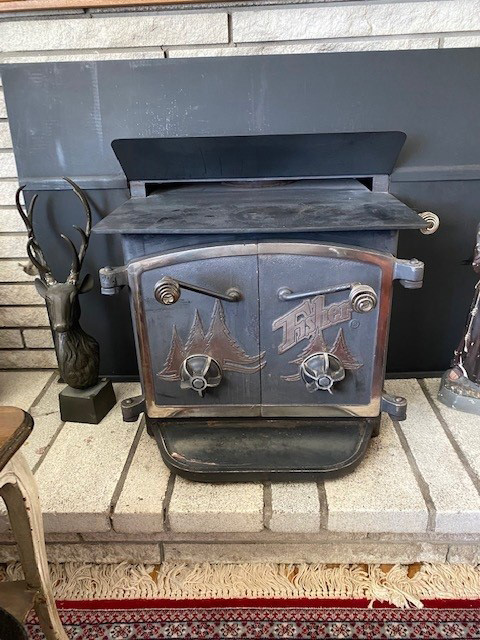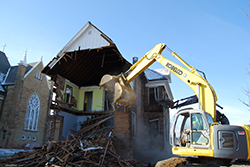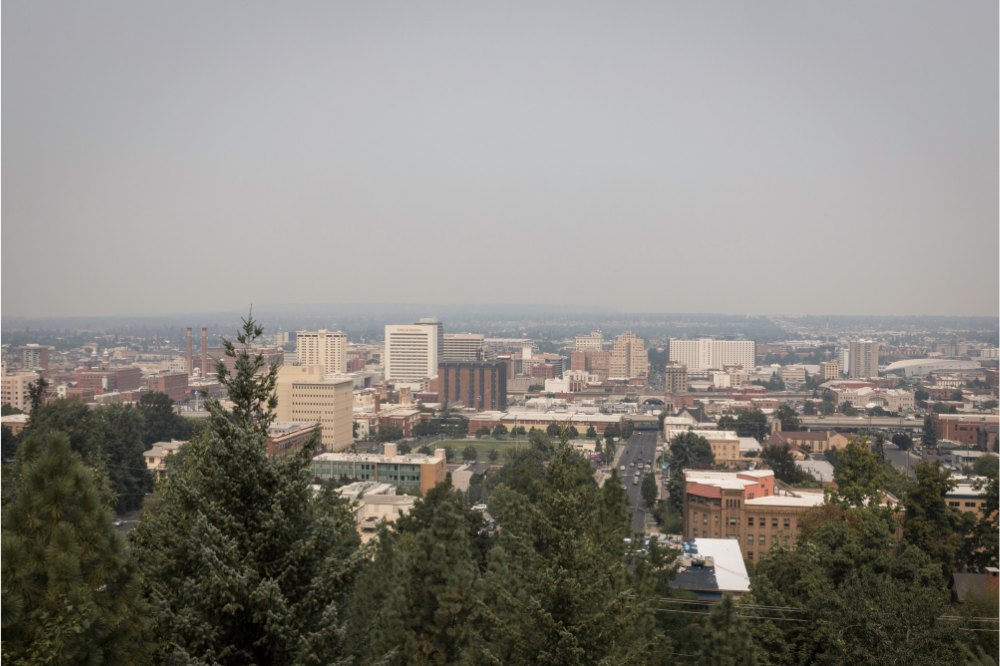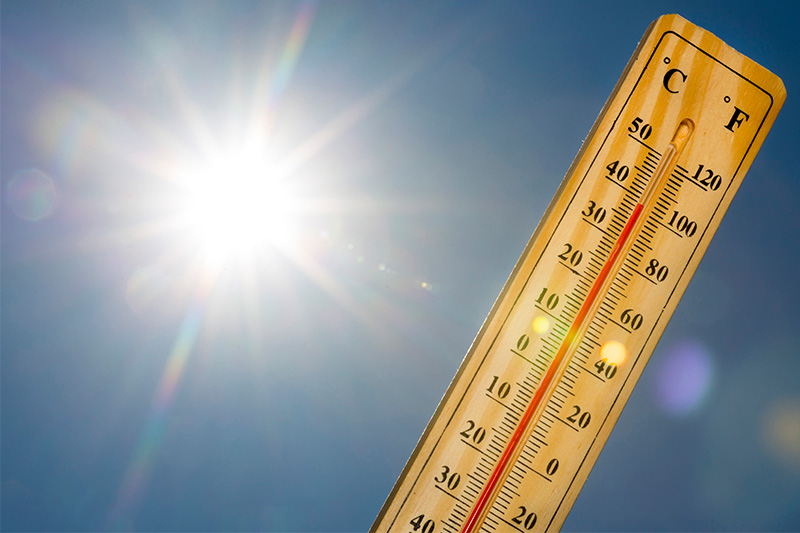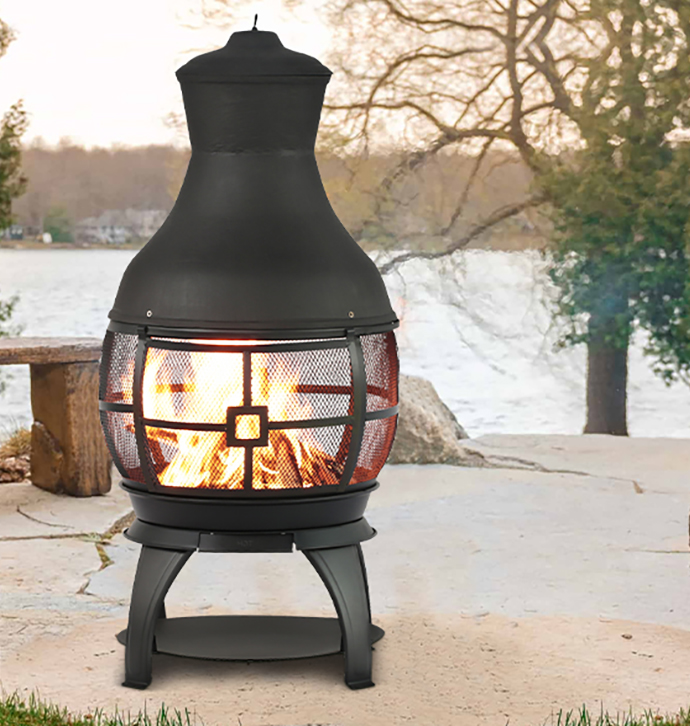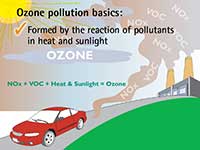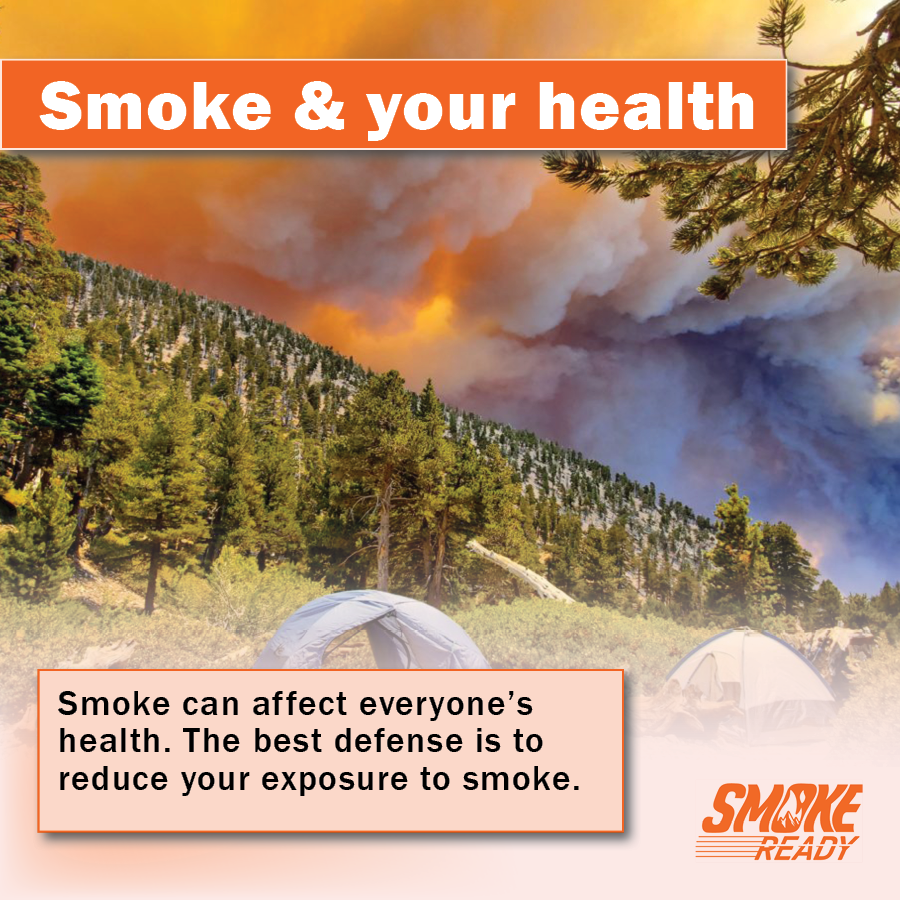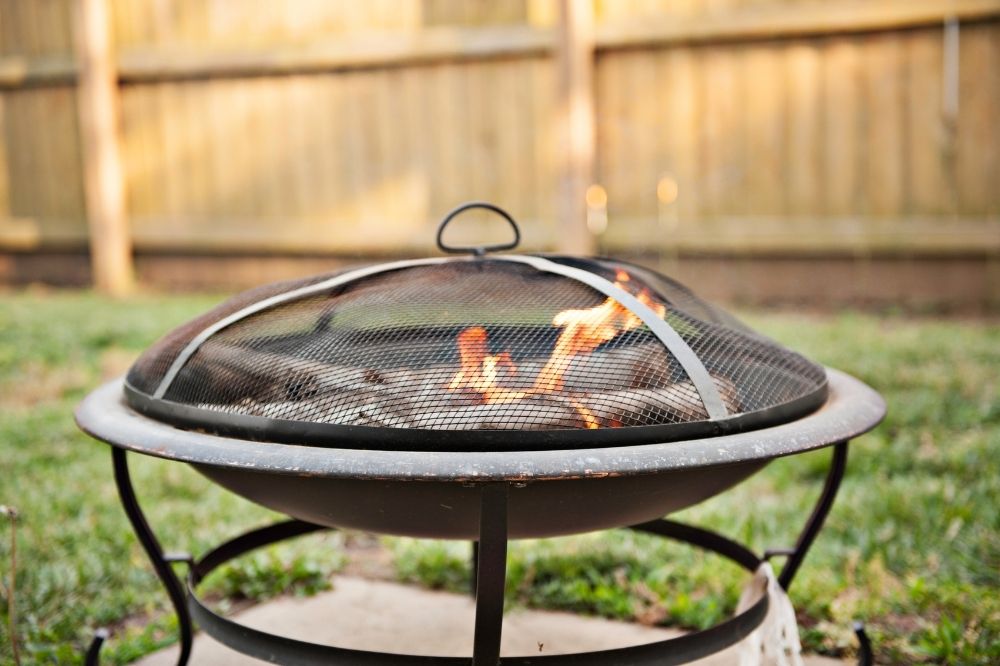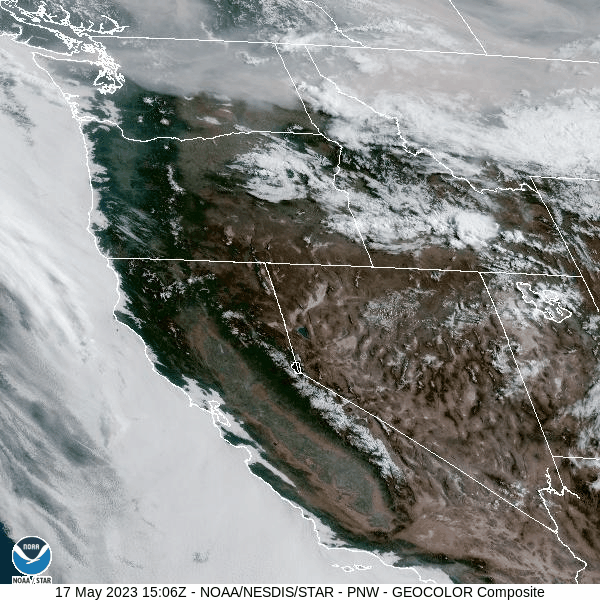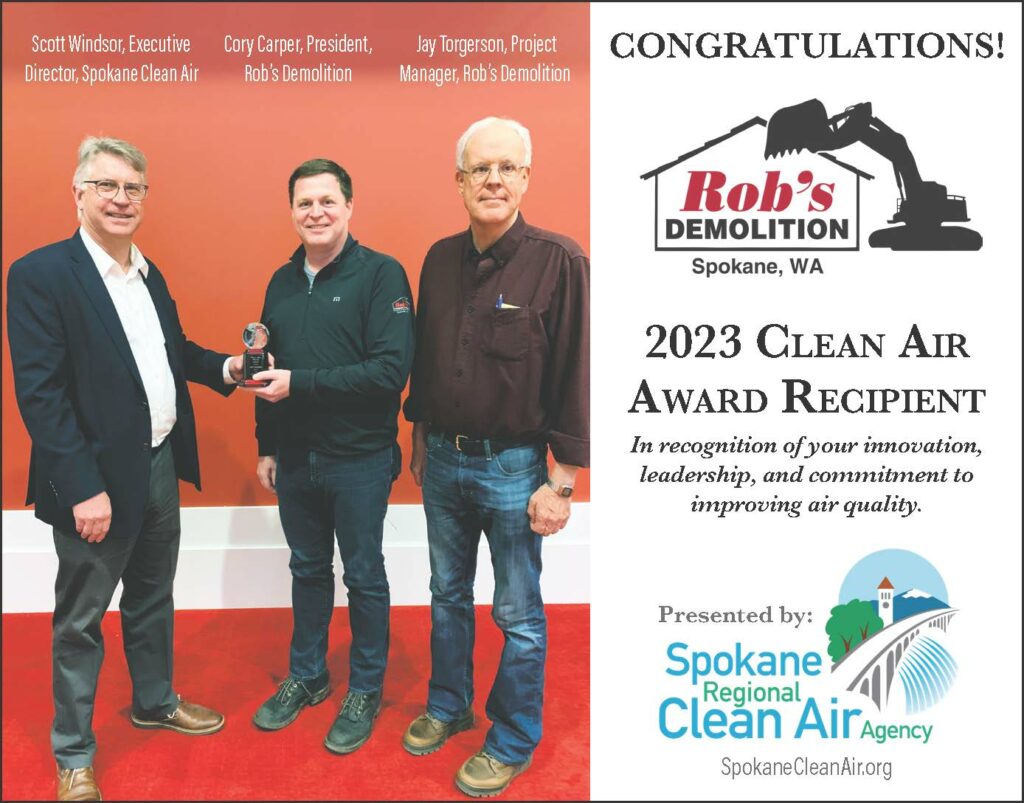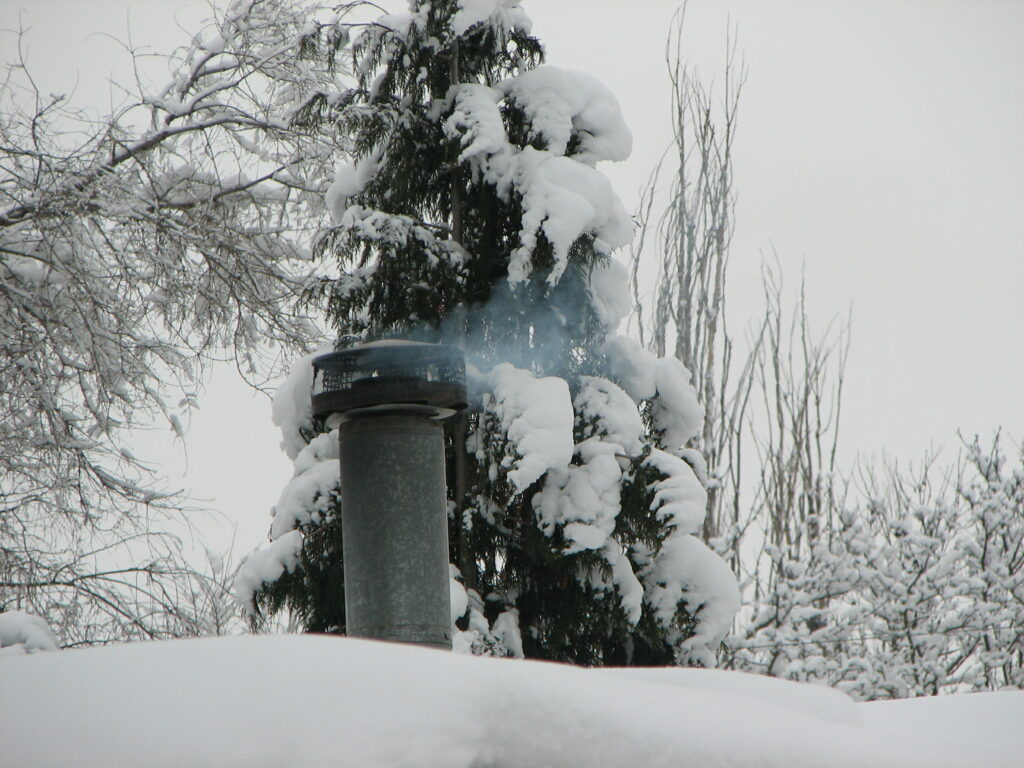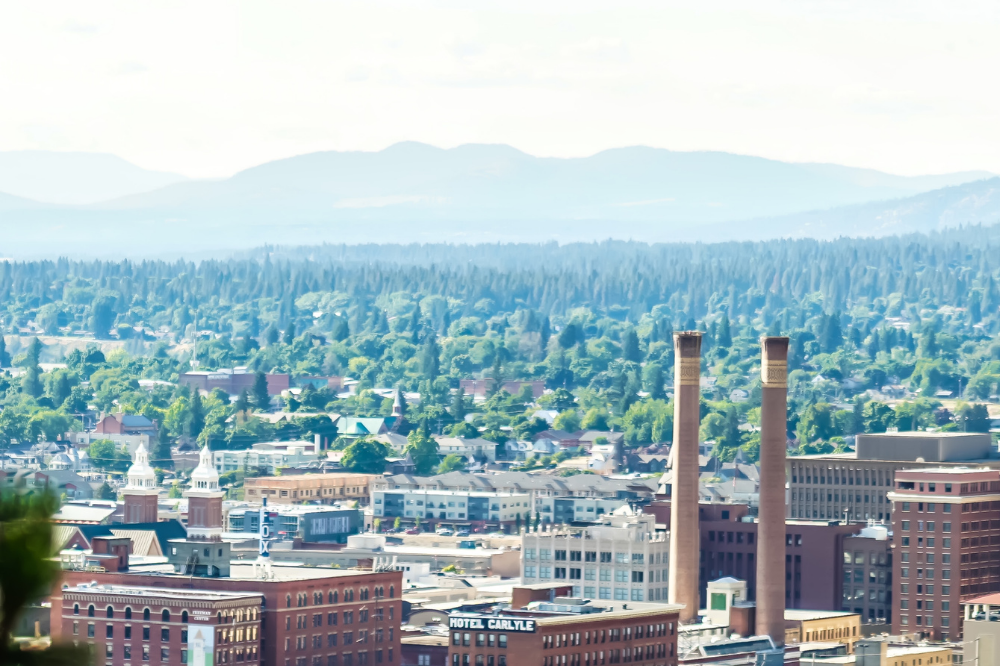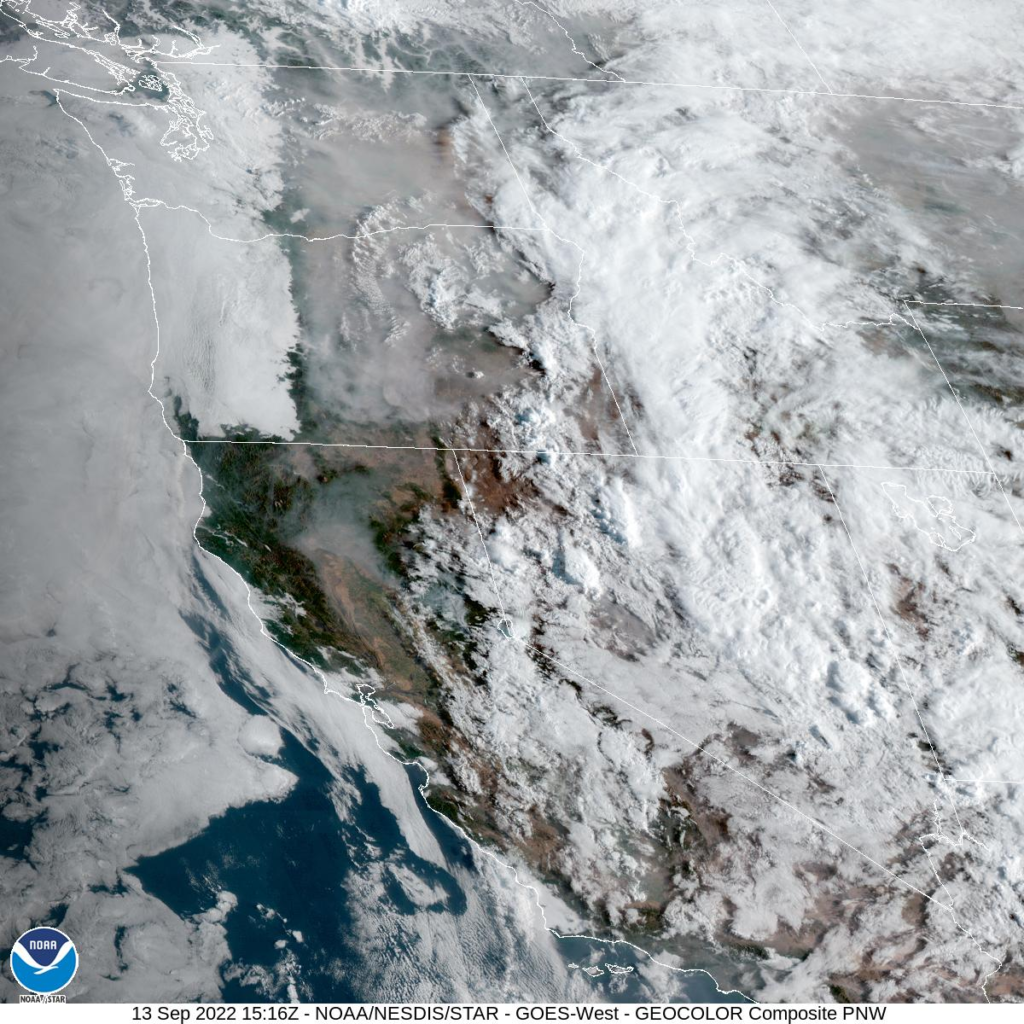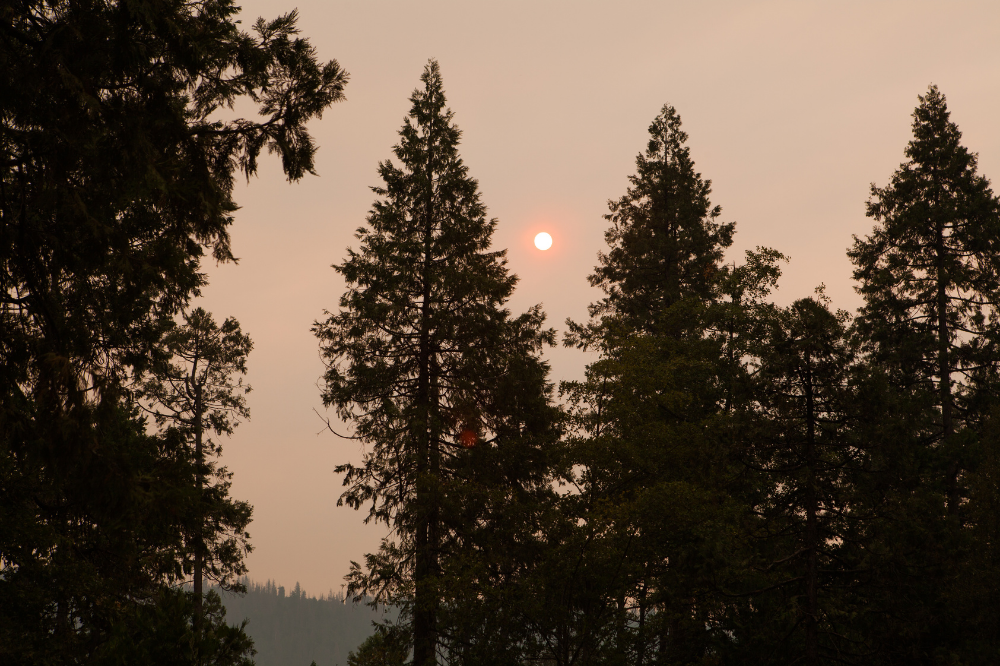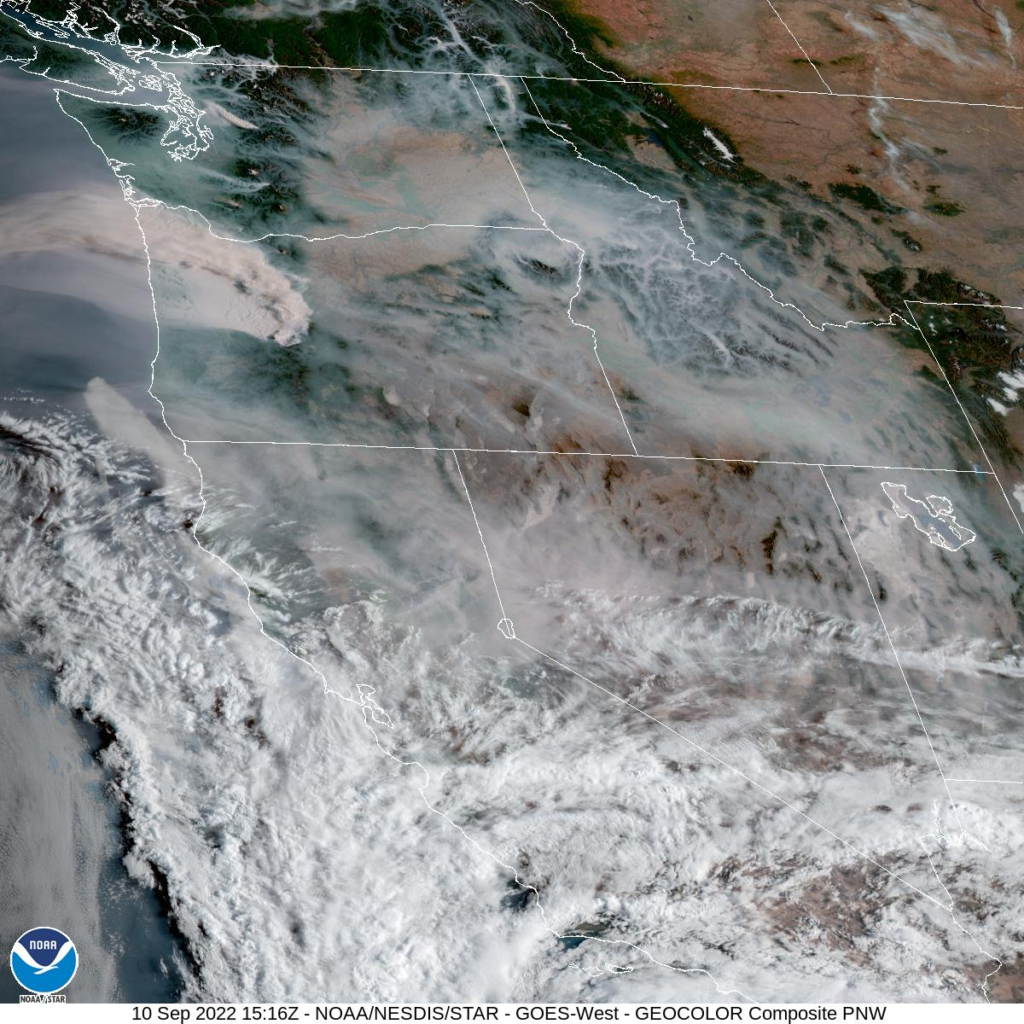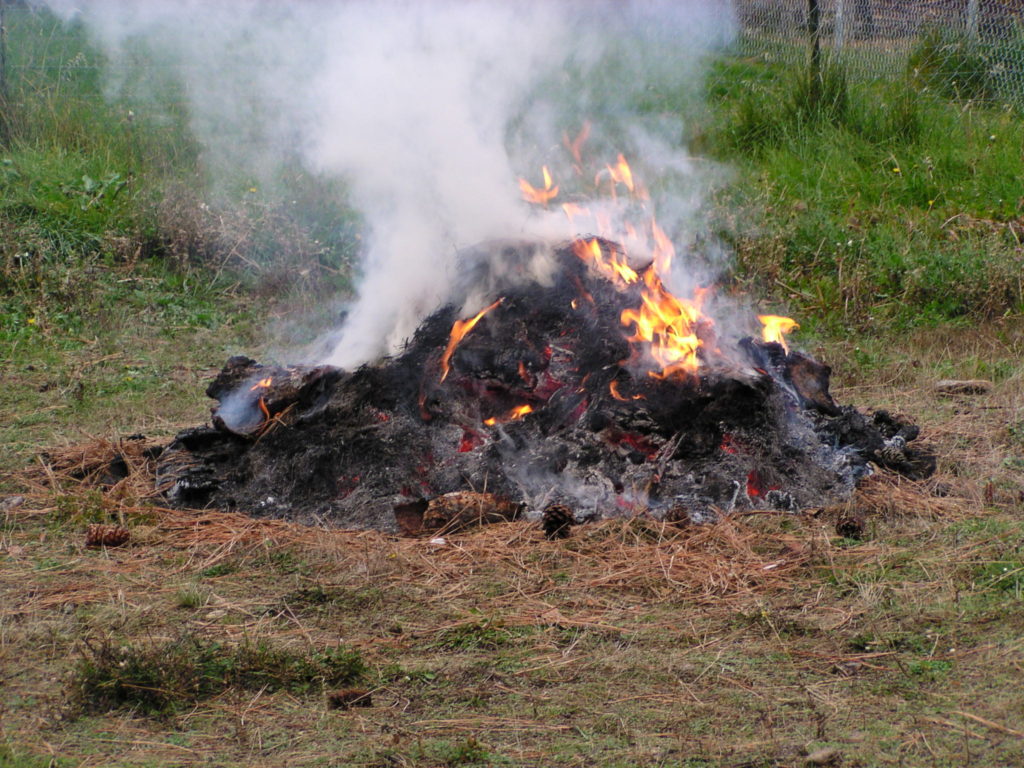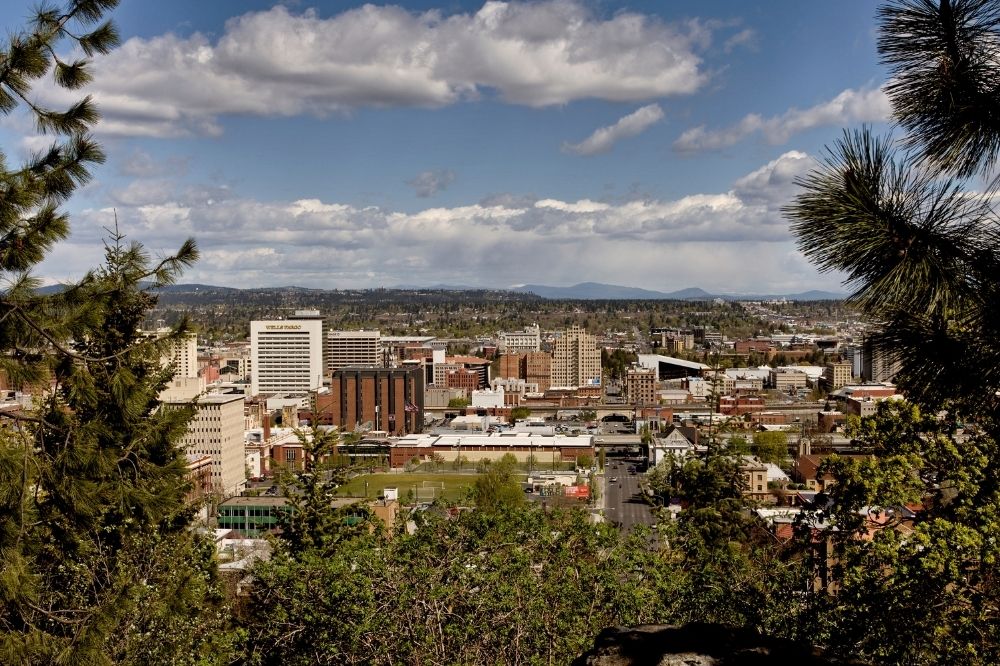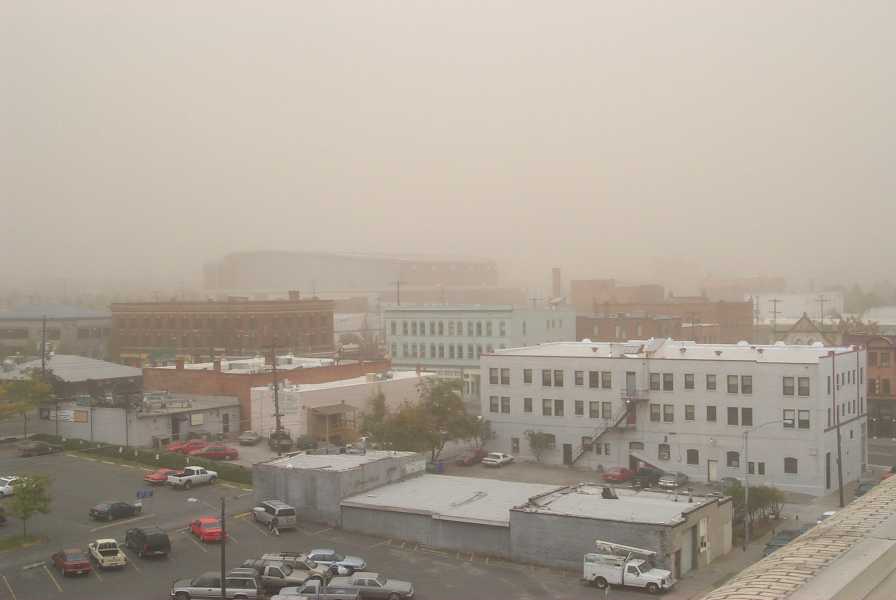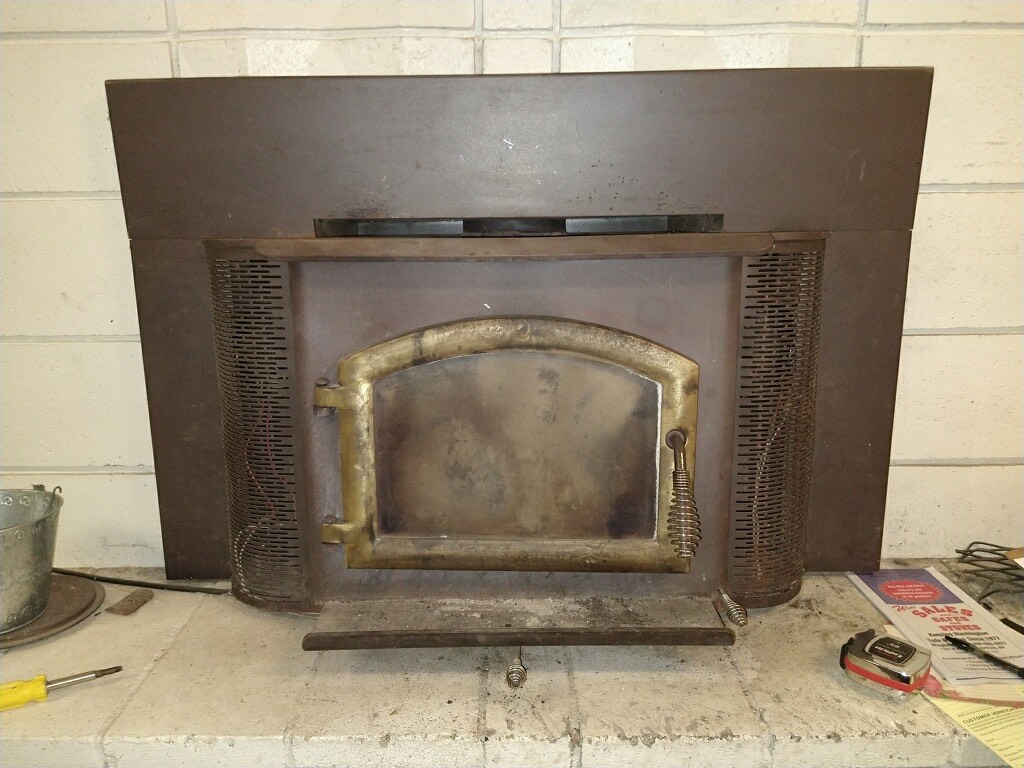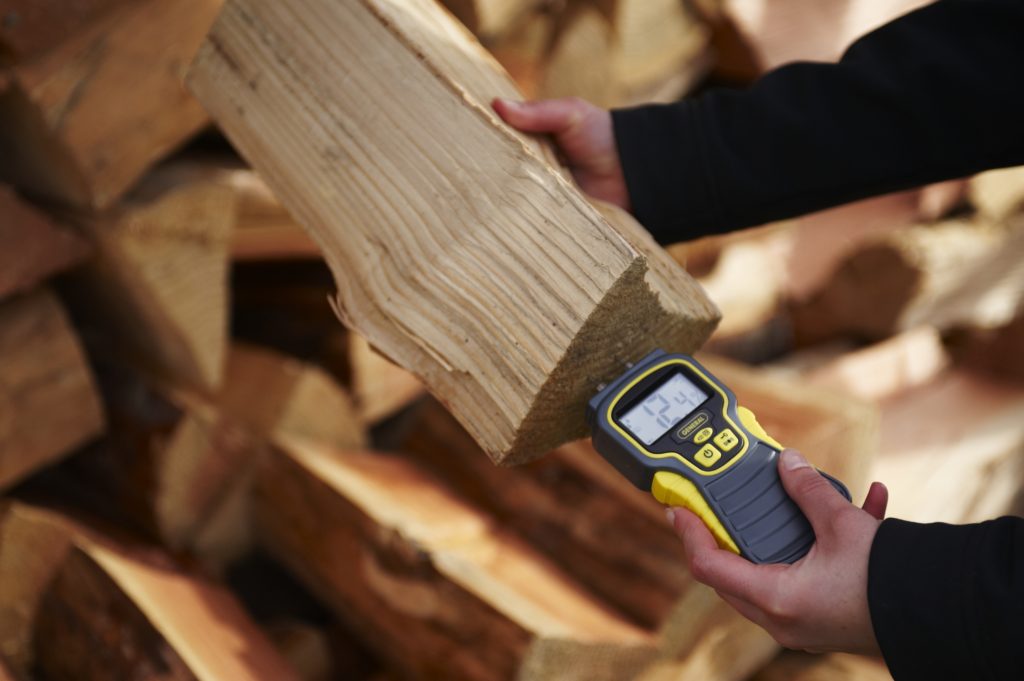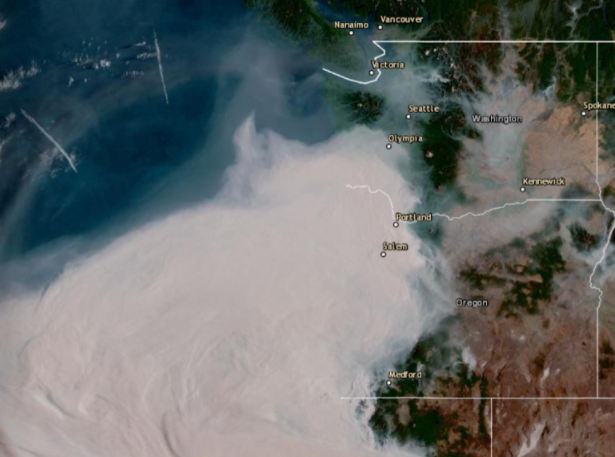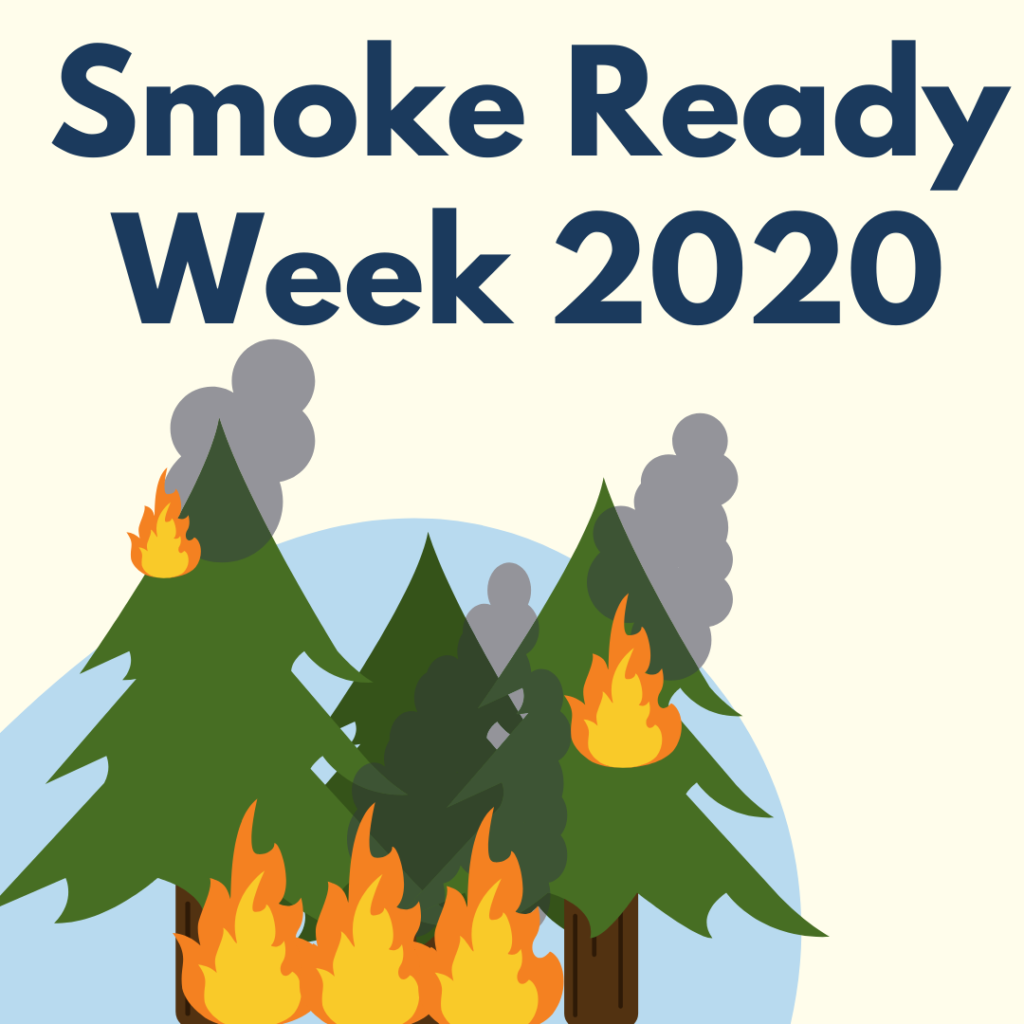

SPOKANE, Wash – Local public agencies are promoting June 15-19 as “Smoke Ready week” to encourage residents to prepare now for wildfire smoke with information, tips and resources to do so.
Smoke Ready 2020 is a collaborative effort among several local agencies, including Spokane Regional Clean Air Agency, Spokane Regional Health District, and Spokane County Emergency Management.
“Our region, like so many others in the western U.S., has had significant smoke impacts from wildfires on 44 days during four of the last five summers,” stated Julie Oliver, Executive Director of Spokane Regional Clean Air Agency.
There is an even greater emphasis on community preparedness this year due to the ongoing COVID-19 pandemic.
“During our continuing response to COVID-19, being aware of current recommendations and being well prepared is even more important than in the past,” stated Dr. Bob Lutz, Health Officer, Spokane Regional Health District.
Each day, from June 15-19, information and resources on preparing for wildfire smoke will be posted and shared on social media channels. Each day has a unique theme with related tips.
Monday – How to find current air quality information.
Knowing where and how to access current air quality information is important. During wildfire season, air quality can change hour to hour. There are several ways to get air quality data, including online, phone apps, and text and email alerts. Visit SpokaneCleanAir.org or AirNow.gov for current air quality. For statewide air quality and wildfire updates Washington State Smoke Blog: https://wasmoke.blogspot.com/
Smoke is made up of gasses and microscopic particles. When inhaled, these particles bypass our bodies’ normal defenses, traveling deep into the lungs and even entering the bloodstream. Breathing in smoke can have immediate health effects, including the following:
Coughing Trouble breathing Stinging eyes Scratchy throat
Runny nose Irritated sinuses Wheezing Chest pain
Headaches Asthma attack Tiredness Fast heartbeat
Wednesday – Who is at greater risk from wildfire smoke?
Inhaling wildfire smoke can be harmful to anyone, but it is especially harmful to these vulnerable groups: people with heart and lung disease, people with chronic respiratory conditions, infants and children, pregnant women and adults 65 and over. People in these high-risk groups need to follow their health care team’s instructions for taking medications and follow their respiratory management plan. If symptoms worsen, they need to call their health care provider.
Thursday – Minimize smoke exposure at home.
Learn about your home’s heating, ventilation and air conditioning system. Ensure the best filters for the system are used and change filters more often when it’s smoky. If you have an air conditioning system in your home or vehicle, switch from “fresh air intake” to “recirculate.”.
Friday – More ways to protect yourself from smoke.
Create a cleaner-air room in your home using a portable HEPA room air cleaner. Expect prices to start around $300. If purchasing a portable room air cleaner isn’t in your current budget, there are do-it-yourself instructions for building a “box fan filter.” These are fairly simple to assemble and cost around $50. View a tutorial to create a box fan filter here.
Learn more about wildfire smoke here.
